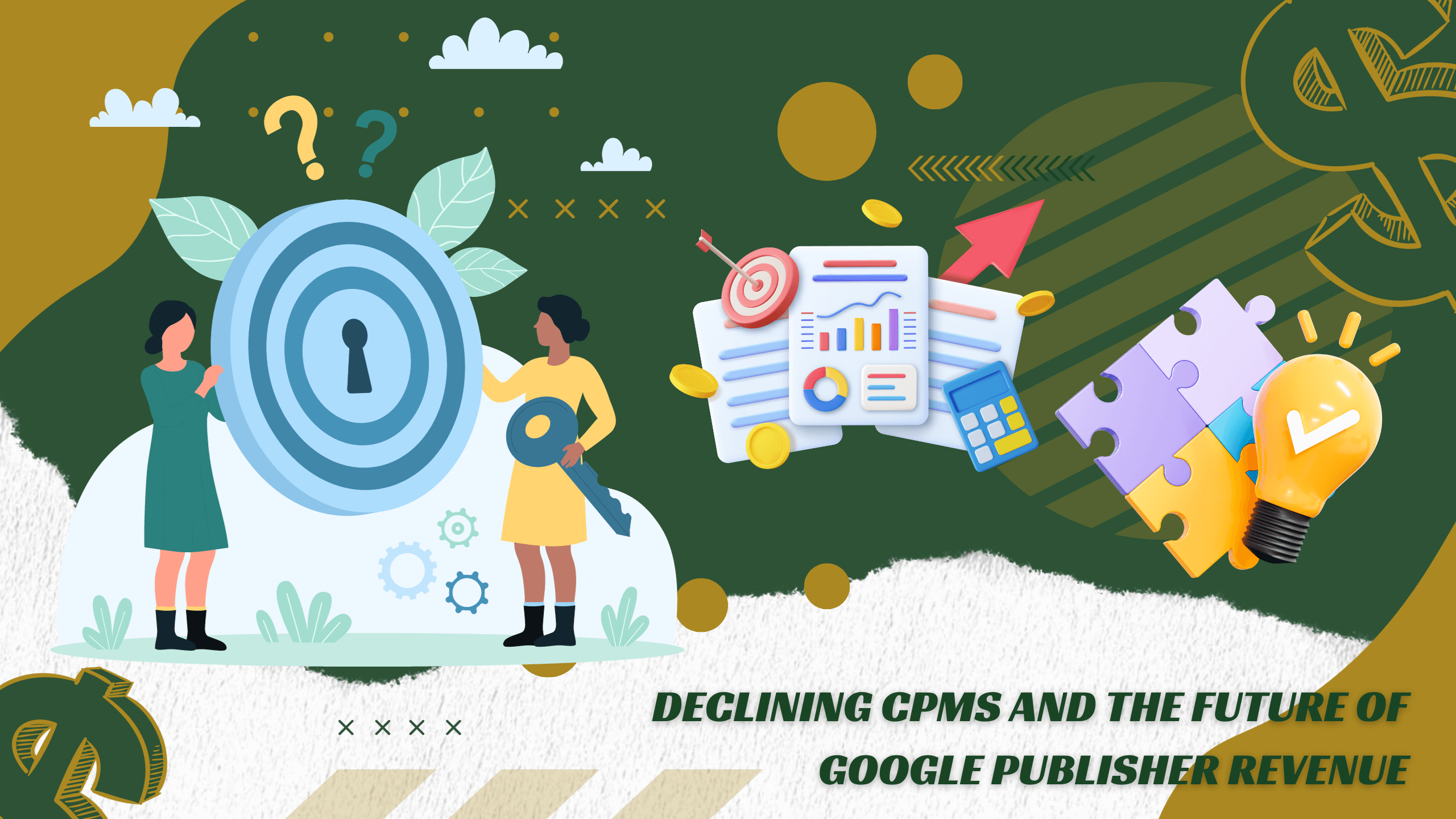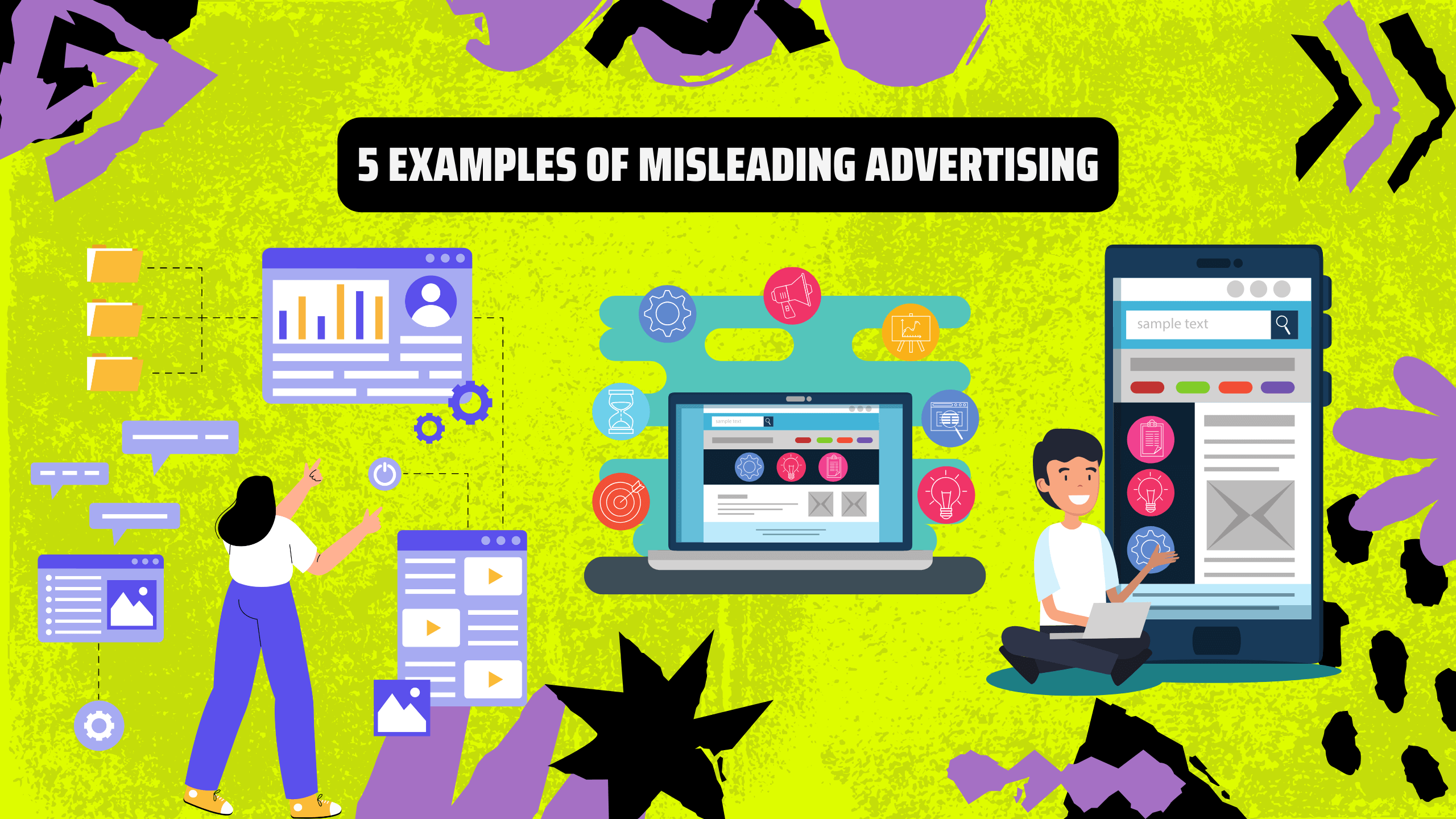Google Analytics (GA) has been a very helpful tool for publishers to keep on track with what’s going on with their websites or apps. But then you noticed an unusual drop in your ad revenue like your users don’t even exist. Could be a bug, but it also could be “Shadow Traffic”. In this blog, Netlink happily solves all of the things you have been wondering about this Shadow Traffic like what is it, what cause it the ways to prevent it, practical solutions for countering your revenue loss in the online advertising industry.
Let’s get it started.
1. What’s Shadow Traffic
It’s referred to website visits that are not captured by standard analytics software. This typically occurs when analytics events fail to reach analytics servers. Such failures frequently deflate the publisher’s profits and the performance of the website.
Every analytics tool on the market necessitates the addition of code to the website. Only after you’ve added the code will your analytics provider begin reporting on website visitors and events.

When someone visits your website, the code you’ve added will send “events” little packets of data that summarize the activity on your site to your analytics provider. Page view events, email capture events, and video start events are the most common web analytics events. If a browser or an adblocker somehow stops these events, the analytics provider won’t be able to record anything for you, which means no user, source or pageview even when these visits are still the actual traffic from your visitors, they still aren’t tracked by your analytics tool that you won’t have any visibility into.
2. What causes shadow traffic?
The two main causes of Shadow Traffic are tools like adblocking software and users’ browser privacy settings, which prevent analytics tools from identifying and recording these visitors, both on web browsers and mobile browsers.
Adblockers, despite their name, frequently block first-party analytics providers as well. Some first-party analytics services are blocked by Firefox’s Enhanced Tracking Protection, Safari’s Intelligent Tracking Prevention (ITP), and Microsoft Edge’s Tracking Protection. Even Google, the advertising behemoth, is incorporating an adblocker into Chrome. Shadow traffic is a growing issue that cannot be ignored because it affects nearly every major browser and platform.

Few privacy tools used by internet users can also result in shadow block problems. Include:
– Network-level blocking tools: like Pi-hole. This can block ads across the entire network, creating shadow traffic problems for publishers.
– VPN-level blocking tools: like NordVPN. They are tools that restrict publishers from tracking the behaviour page view of internet users.

– Device DNS blocking: like AdGuard. These tools block communication between browser and analytics software, causing significant revenue loss.
– Device App-based blocking: like Wipr. They block ads from all apps that use browsers such as Safari for displaying web pages.
3. Why do web users use ad blockers?
Although each user is unique, there are three major reasons why people use adblockers:

- To improve website UX:

Internet users use ad blockers because they believe ads slow down their browser’s loading speed, resulting in a poor user experience. Some types of ads, such as image-rich banners, pop-ups, animated videos, and large amounts of ads, frequently disrupt the page’s UX. Ad blockers are installed to prevent ads from loading on the page, resulting in a faster loading time.
- Avoiding creepy behavioural retargeting:
Many advertising networks allow their customers to “retarget” users based on their multi-site visit history. They may show you ads for a product you viewed (but did not purchase) on Amazon.com in the ad slots of a news/information site you visited days later. Users regard these ads as “creepy,” and have installed adblockers to disable the technology that allows them to function.
- To prevent irrelevant ads:

Many internet users consider advertisements to be intrusive, annoying, and irrelevant. More than 10% of web users are uneasy when they see targeted ads based on their online activities and histories. As a result, they rely on adblockers to avoid behavioural tracking.
4. How to keep on track your Shadow Traffic?
According to a 2019 global study by GlobalWebIndex, cited by IMPACT, 47% of today’s internet users use some type of blocker. Parse.ly began our research into the proportion of visitors who go untracked in 2020. When compared to traditional web analytics tracking, participants in our early-access program discovered that at least 20% and up to 40% of traffic was shadow traffic.

Missing 20% to 40% of your visitor data leads to erroneous decisions, revenue loss, and poor business outcomes. The first step toward improving data quality is addressing shadow traffic while fully respecting your audience’s legitimate privacy, user experience, and performance concerns.
They’re something you can do before you consider changing your business strategy and to do that, you have to put your user’s experience over revenue generation which is also a wise move to keep your long term viewer. You can try:
– Consider the position of heavy ads
– Keep the number of ads in balance
– A/B test best ad placements
– Page load speed
– Follow the GDPR compliant
You can work on these first or you need more consultancy from experts in online adverting, please contact Netlink via: [email protected].
Something else you also might take a look at to tracking on the rate of your Shadow Traffic’s website/apps:

– Server logs: When someone visits your website, they interact with your servers. These servers record and track user interactions. As a result, the goal is to efficiently use server logs to identify actual traffic. Even though it’s a difficult process due to you have to put a lot of time into it but it works.
– Frist-party analytics provider: Publishers can use third-party vendors to gain access to and track the behaviour and events of their visitors. This method allows them to track both visible and shadow traffic while protecting the user’s privacy.

– Advanced analytics services: A great option would be to use your analytics provider’s service in such a way that you have access to aggregate analytics without jeopardizing the user’s privacy and confidentiality. This solution addresses the issue of shadow traffic.
5. Conclusion

Shadow Traffic could affect badly to your revenue especially if you are a new publisher but it can go under control if you know the way to avoid it and attract more users by the content on your website or app.
You can contact Netlink anytime to get help and consultant for your website or app by the experts who have experience page view in online advertising via email address: [email protected] or leave your information below.











